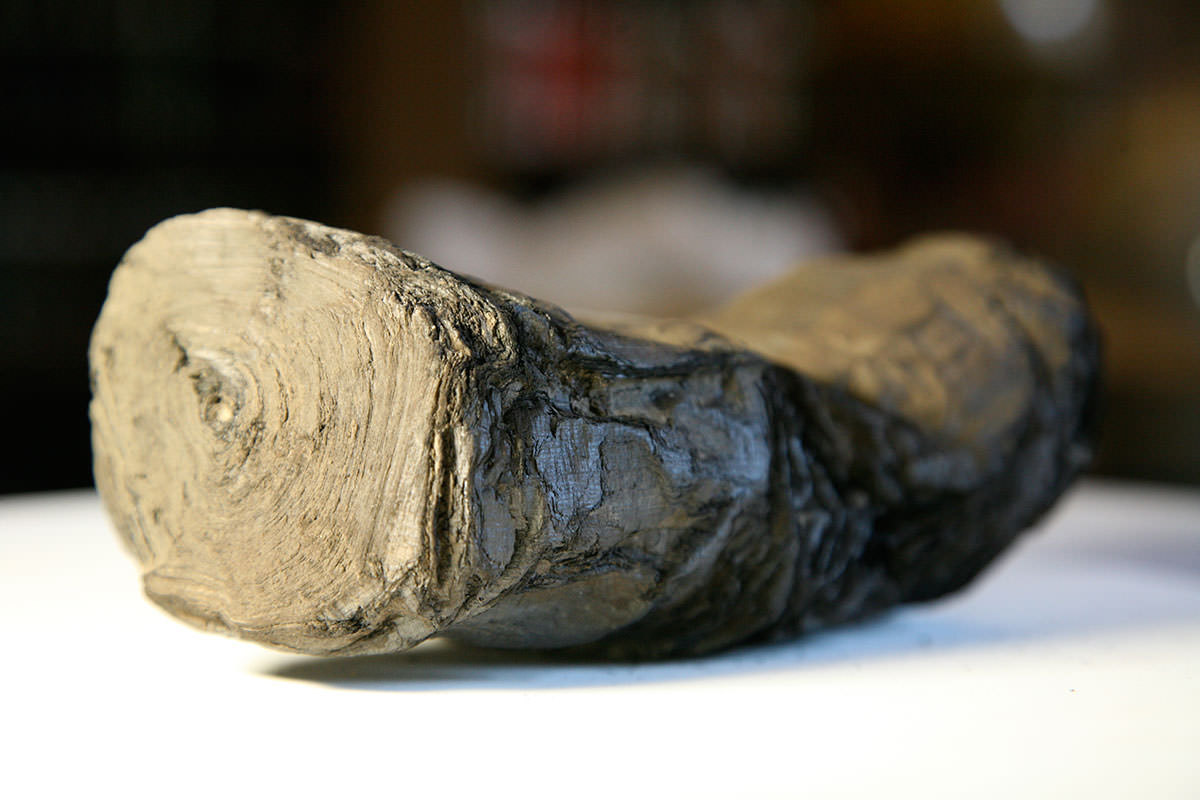Lead often gets a bad press. But its discovery in ancient
Graeco-Roman ink could make it easier to read an early form of publishing –
precious scrolls buried by the eruption of Mount Vesuvius in AD 79.
Some 800 scrolls, part of the classical world’s
best-surviving library, have tantalized scholars since they were unearthed in a
villa in the ancient Roman city of Herculaneum in 1752. About 200 are in such a
delicate state that they have never been read.
Unrolling the charred scrolls can destroy them, so people
have been X-raying the bundles in the hopes of discerning the writing inside.
But progress has been slow – it is difficult to detect the difference between
the letters and the papyrus they are written on.
Now physicist Vito Mocella of the Italian National Research
Council and his colleagues have revealed lead in the ink on two Herculaneum
papyri fragments held in the Institute of France in Paris.
The presence of lead means that imaging techniques could be
recalibrated to pick up the metal, something at which X-rays excel.
CONNECT
CONNECT










































































































































































No comments:
Post a Comment